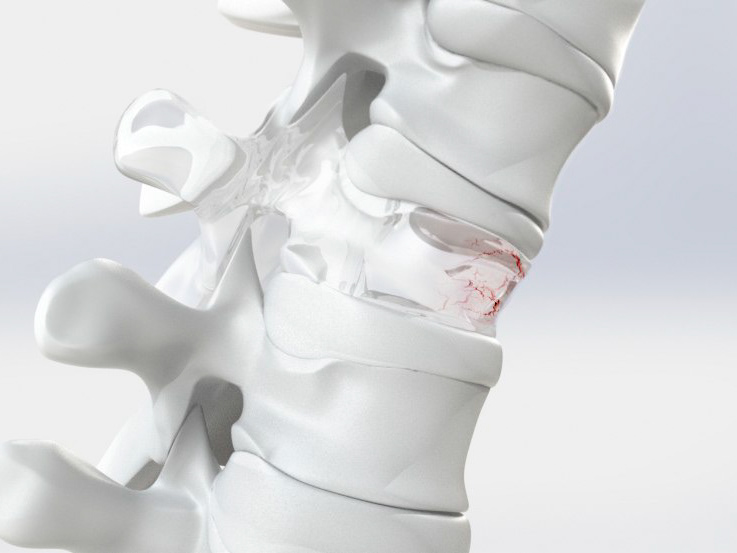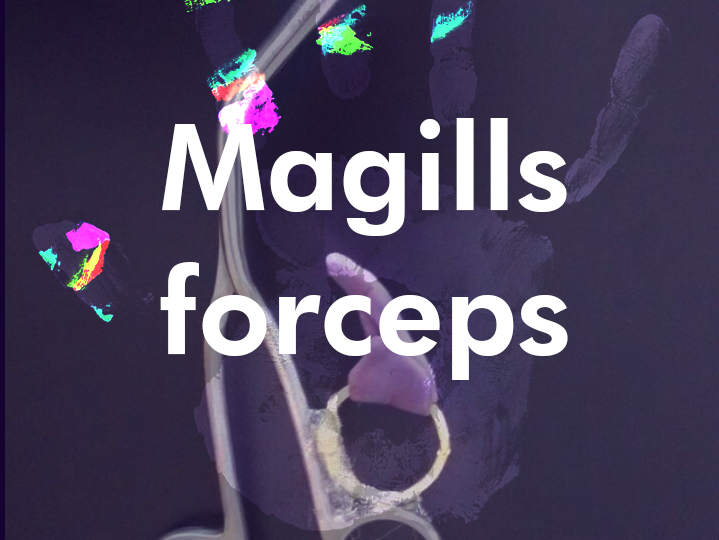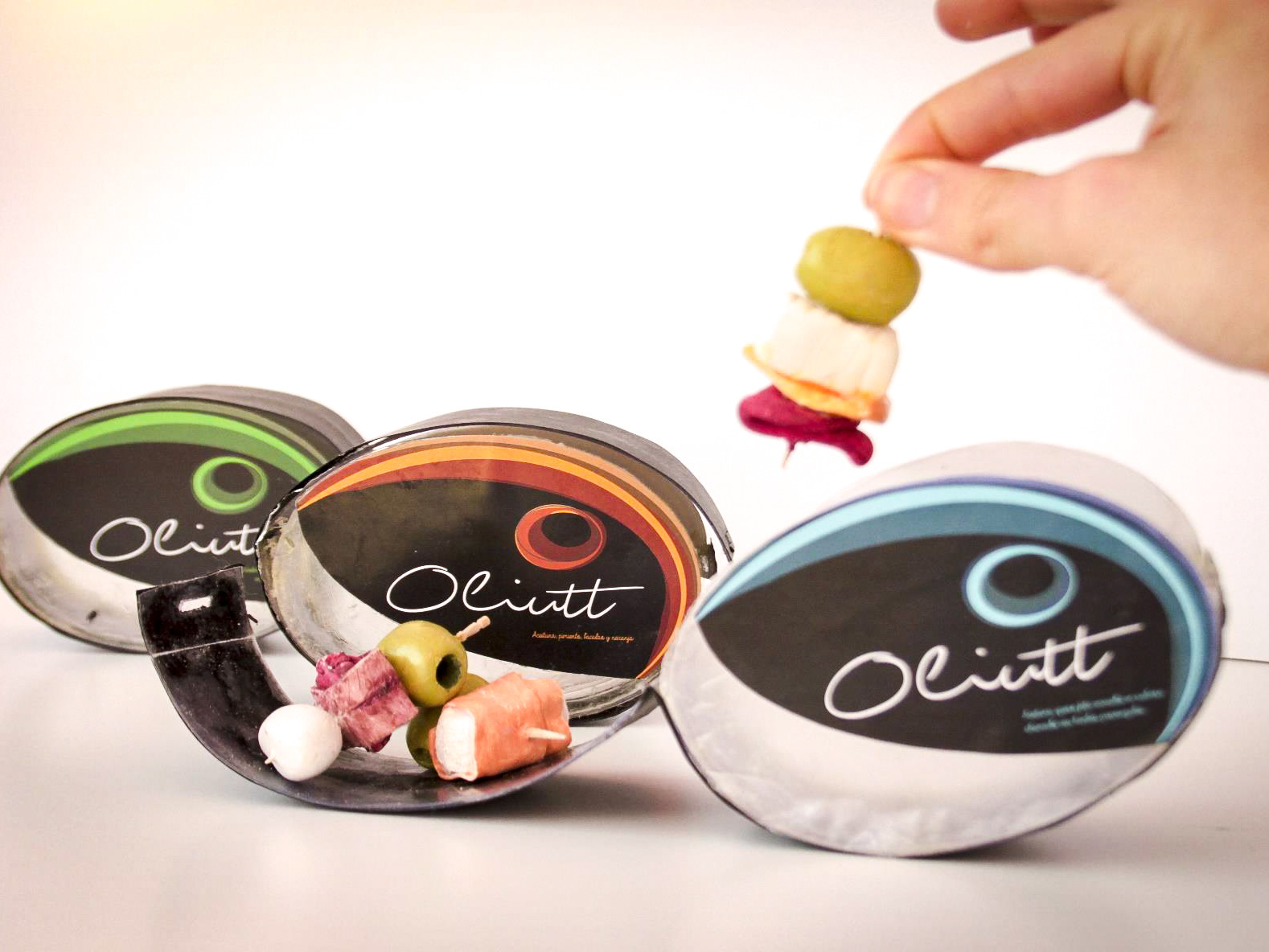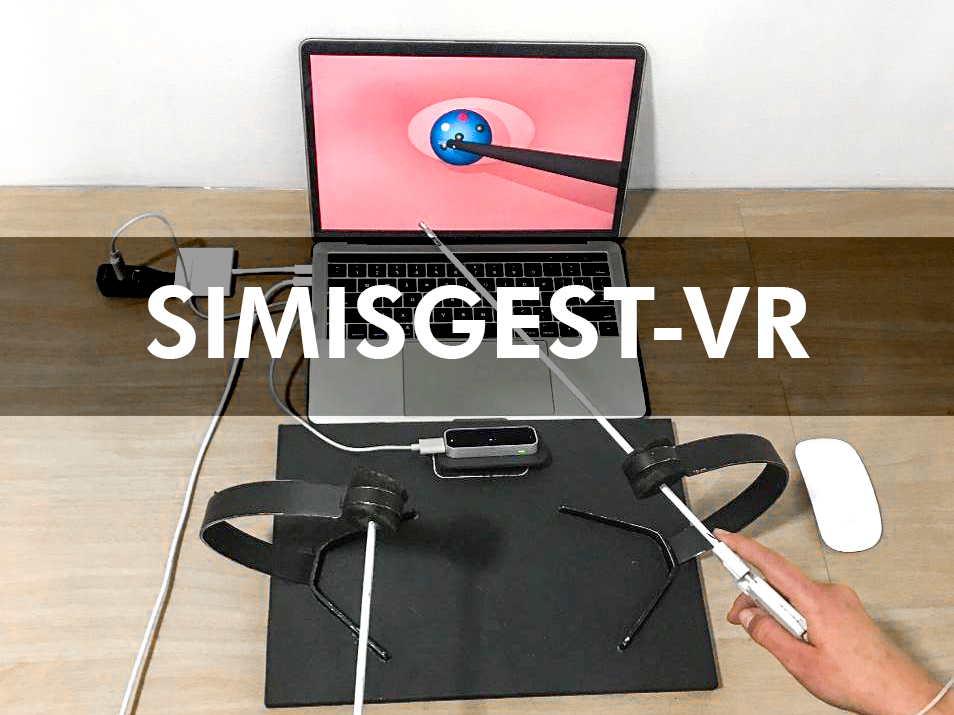UX & UI | Product Design | Design Thinking | Surgical Training | Healthcare Design
Statement
Each surgeon has a unique style of approaching surgery, just as every painter has a unique brushstroke. Therefore, the scar can be understood as the artist’s signature on the canvas of the human body.
New surgical training models must emerge to support the acquisition of advanced surgical skills, without posing a risk for the patient. In this way, surgery would be able to adapt to the demands of healthcare, as well as to adopt new technology more easily, efficiently, and safely.
Dedalyx responds to the need to adopt well-established surgical curricula to the current demand, using the latest cutting-edge technological resources.
Problem Definition
The latest scientific and technological advances are transforming surgical procedures to adapt them to demographic demand, characterized by an increase in the ageing population with comorbidities. However, the surgical curricula remains inert to these changes, unable to adopt these innovative treatments. The surgeon’s lack of training means poorer surgical performance and increased risk for patients.
The latest scientific and technological advances are transforming surgical procedures to adapt them to demographic demand, characterized by an increase in the ageing population with comorbidities. However, the surgical curricula remains inert to these changes, unable to adopt these innovative treatments. The surgeon’s lack of training means poorer surgical performance and increased risk for patients.
Project Objectives
Detect dysfunctions in current surgical curricula to design a new tool to support surgical training outside the Operating Room (OR), based on simulation (as pilots do) that assesses surgical skills before practising in real patients.
Detect dysfunctions in current surgical curricula to design a new tool to support surgical training outside the Operating Room (OR), based on simulation (as pilots do) that assesses surgical skills before practising in real patients.
Methods
This project was organized following the Double Diamond Design Process that, based on the principles of Design Thinking, divides the research activity into 4 phases: Discover, Define, Develop and Deliver. The image above shows the different design tools used in each stage.
This project was organized following the Double Diamond Design Process that, based on the principles of Design Thinking, divides the research activity into 4 phases: Discover, Define, Develop and Deliver. The image above shows the different design tools used in each stage.
Key Insights
During the research phase, it was discovered that there were severe problems of schedule compatibility between mentors, laboratory opening hours and students’ work shifts. Thus, many medical students do not attend training lessons, or they do it very tired.
During the research phase, it was discovered that there were severe problems of schedule compatibility between mentors, laboratory opening hours and students’ work shifts. Thus, many medical students do not attend training lessons, or they do it very tired.
In addition, not all institutions have training labs. Low-income institutions usually teach directly with real cases in the OR. This fact means that medical students do not have opportunities to fail and learn from their mistakes without harming the patients’ health.
Tools used in this phase: observational studies, interviews, focus group, literature review and horizon scan.

Insights
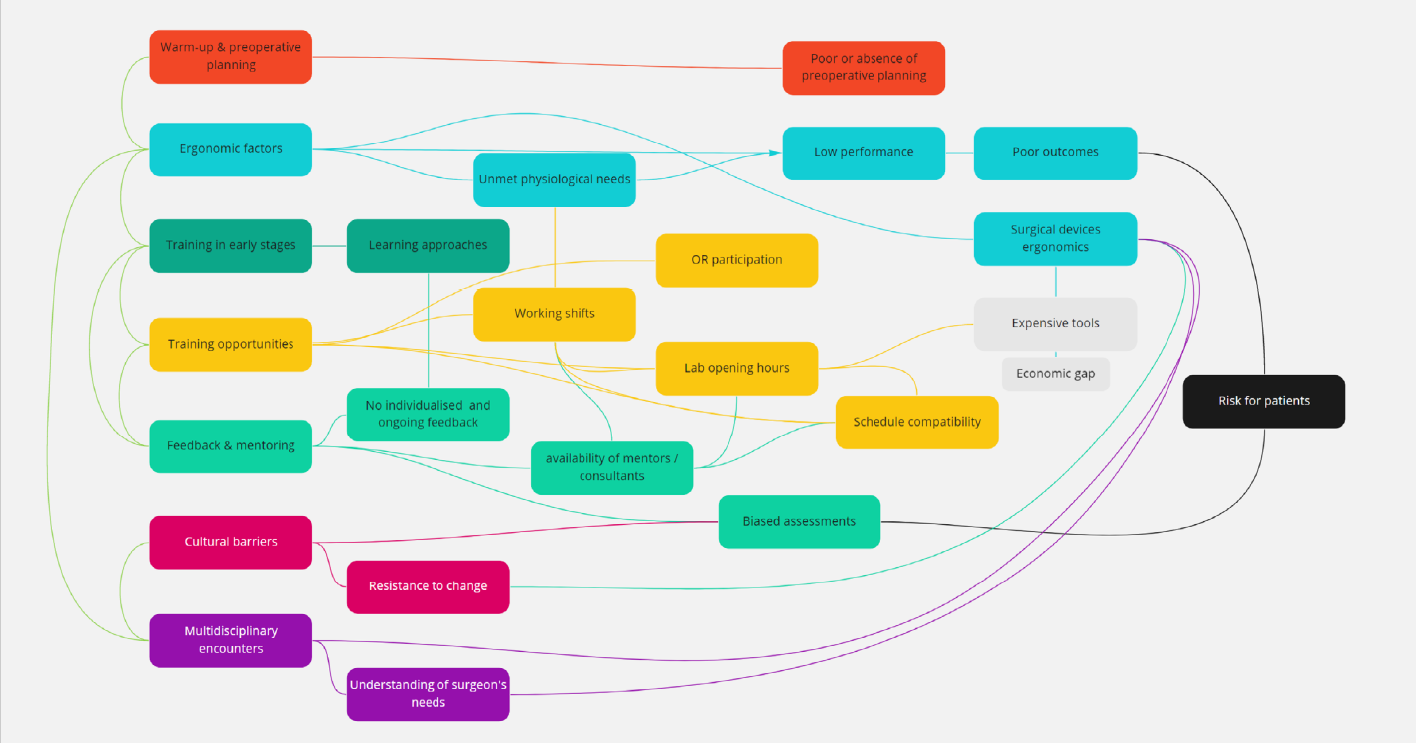
Problem Mapping
Design Requirements
The key insights established the design requirements that the design outcome should has, such as: give the opportunity to fail; evaluate the learning curve; be a portable tool that people could use at home and affordable to make it accessible to people with different purchasing power, among others.
Tools used in this phase: personas, problem definition, design opportunities.
Design Concepts
During the third phase, different design concepts were developed in collaboration with key stakeholders. Once the concepts were generated, they were informally presented to different people to evaluate the acceptance of the idea and future considerations.
Tools used in this phase: brainstorming, storyboards (co-creation), design concepts, idea validation.
Design Proposal
Dedalyx is a new training experience to develop motor surgical skills. This project seeks to:
Dedalyx is a new training experience to develop motor surgical skills. This project seeks to:
(a) democratize surgical training opportunities,
(b) connect professionals worldwide,
(c) expedite the adoption of new surgical devices and procedures
(d) and finally, offer a tool to practice outside the OR without jeopardizing the patient's health.
Dedalyx is composed of a motion-tracking device -called thimbles-and an online training platform.
Tools used in this phase: prototypes, storytelling, interviews, focus groups.
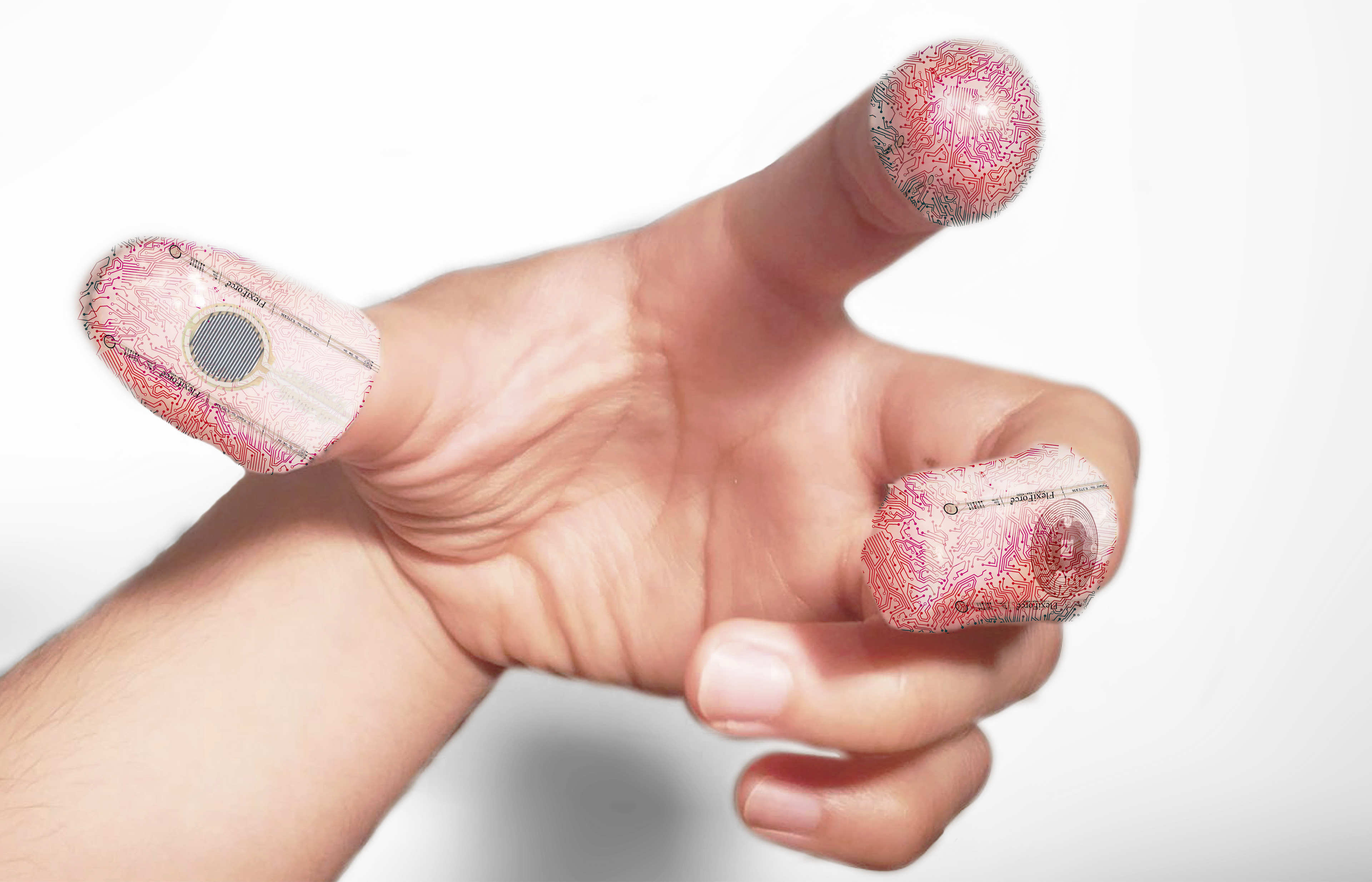
Video: Dedalyx learning platform
Beyond the MRes Thesis
This project was curated by Sir Jony Ive KBE in the RCA2020 Show, awarded by the British Spanish Society and exhibited at the London Design Biennale: Design in an Age of Crisis 2021.

British Spanish Society Award Ceremony 2020
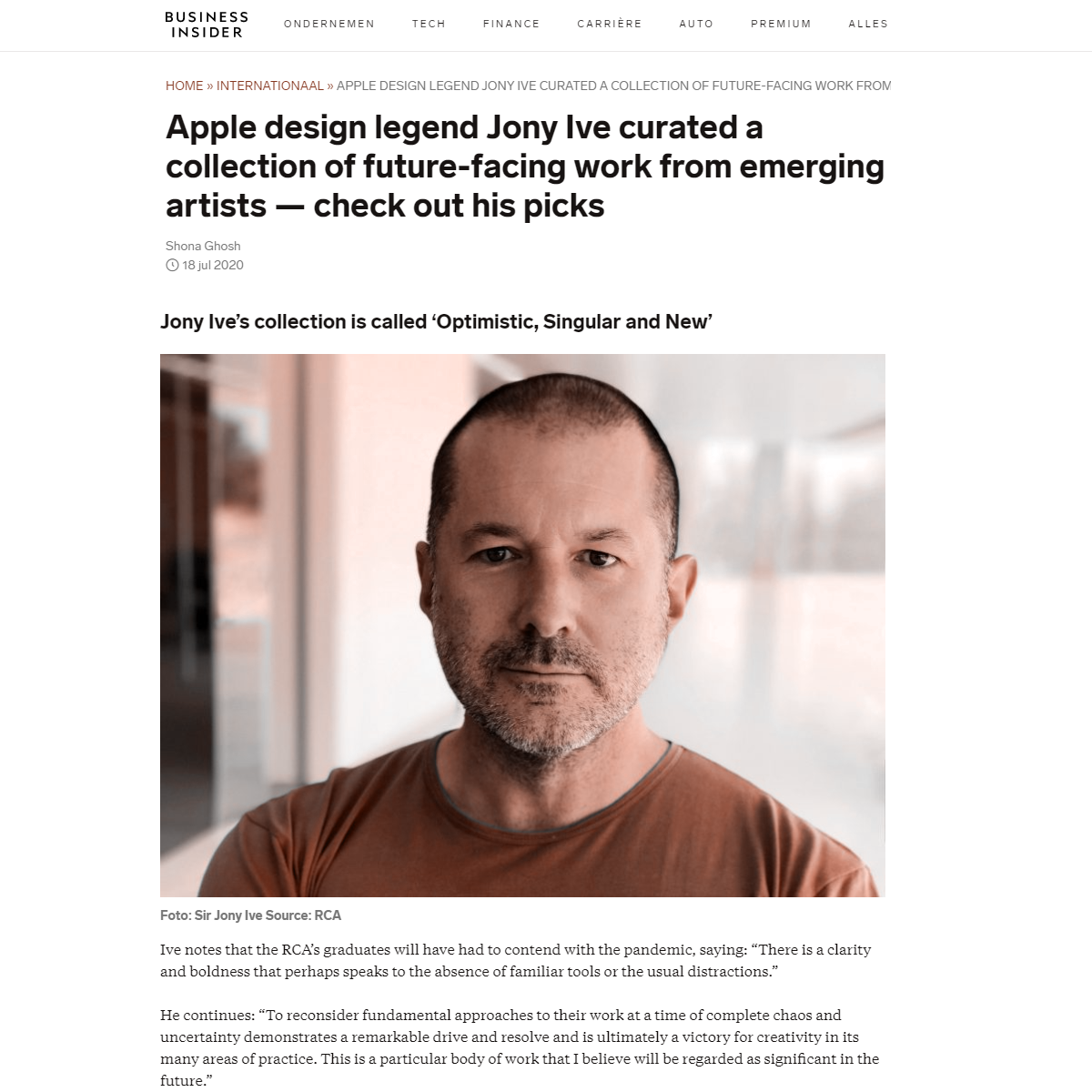
Business Insider's article on Jony Ive Collection
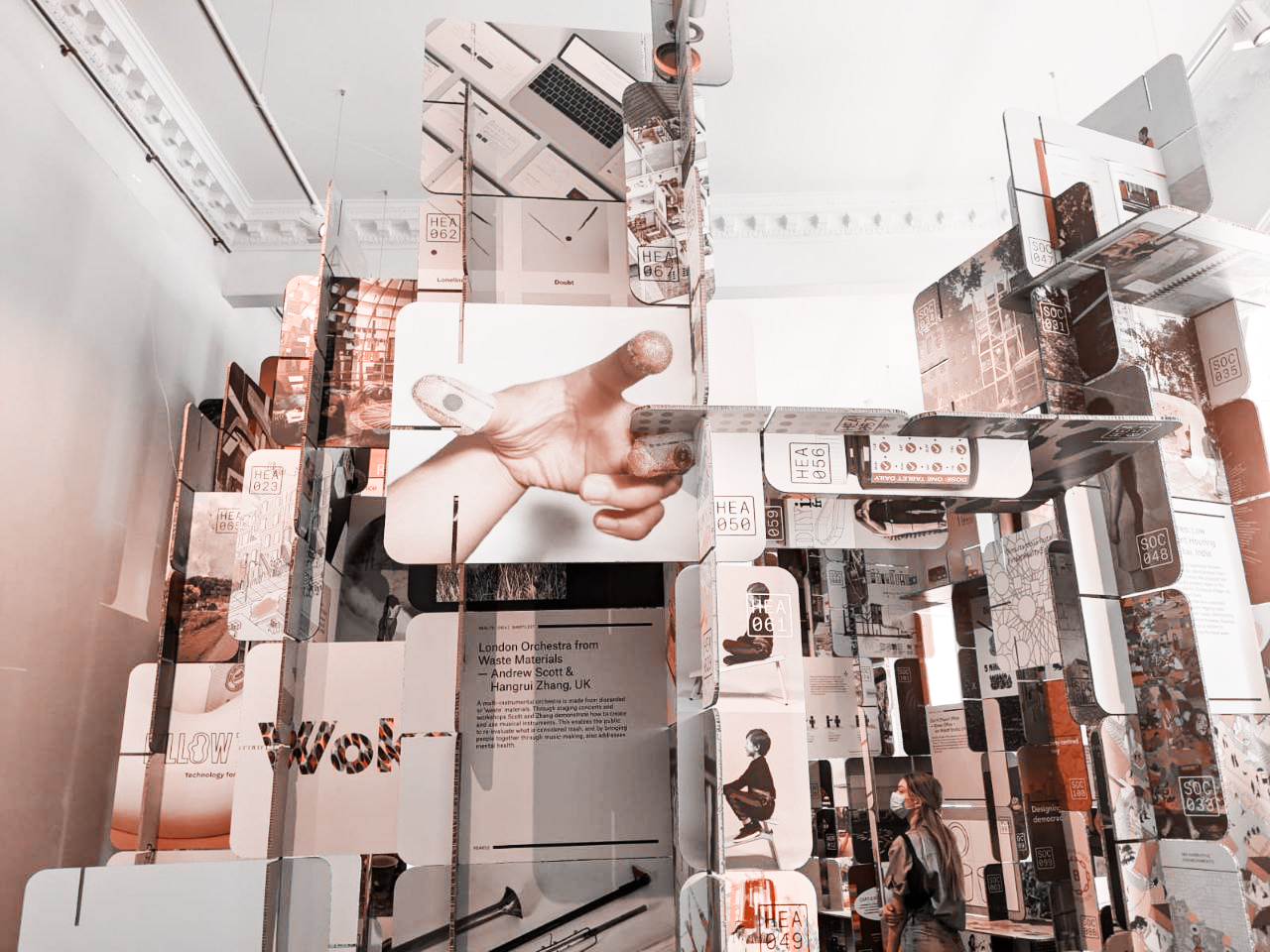
London Design Biennale. Design in an Age of Crisis 2021


